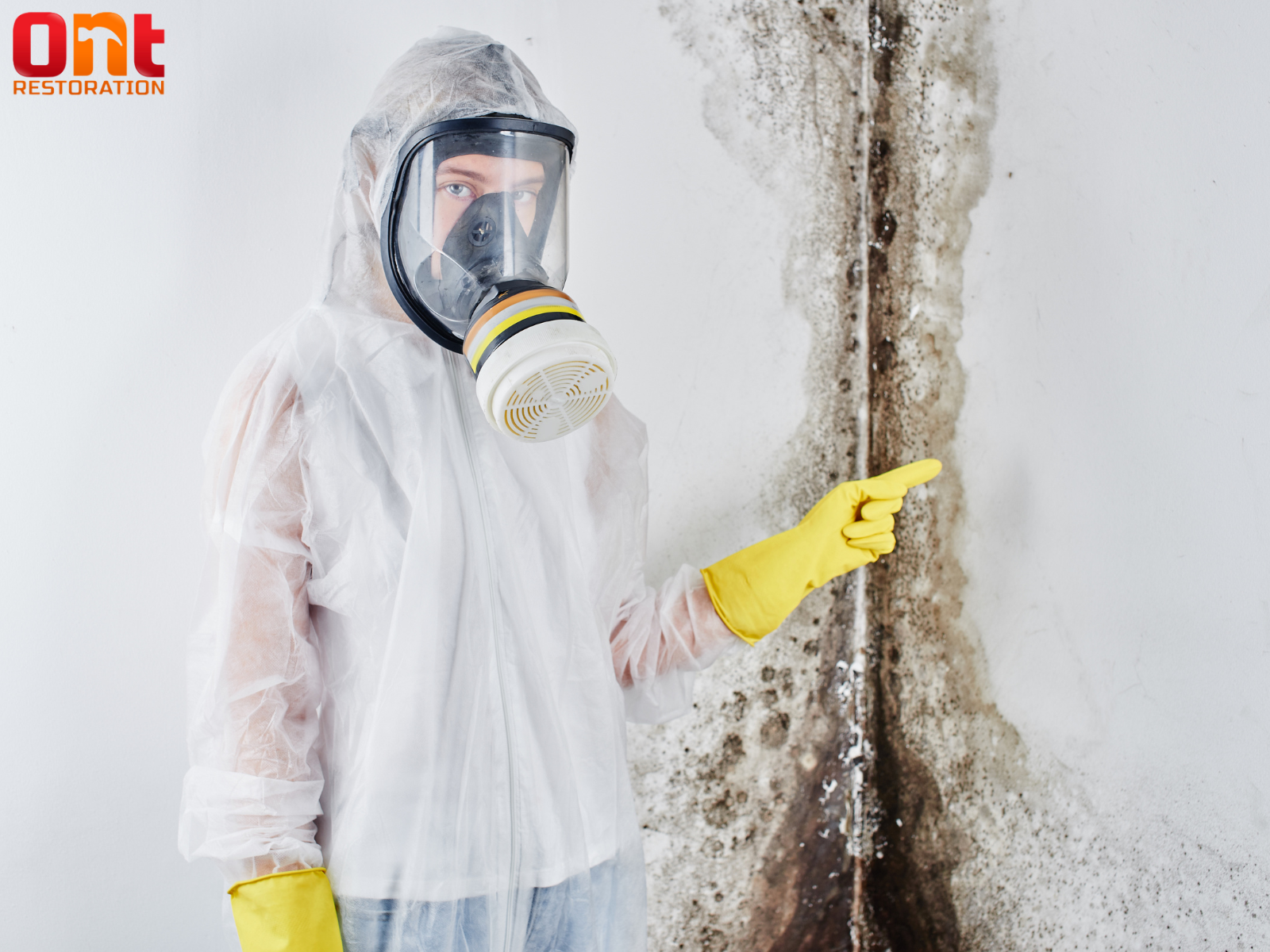We understand that mold was a threat during the summer because of warmer temperatures, which foster mold growth. So far, people believe that cold weather kills mold, but conversely, it provides suitable conditions for mold growth. Some variants, like black mold, require low temperatures. Consequently, it implies that not all species of mold require cold temperatures for occurrence.
Homeowners keep their windows and doors closed to protect themselves from icy temperatures. This allows condensation and increases indoor humidity. Home insulation and a heater make the indoor environment warm. As a result, mold occurs. Mold removal services are necessary because mold spores can cause illness if accidentally inhaled. This blog explores why winter mold occurs, how it harms your health, and how professional services can protect your home from periodic mold happenings.
Causes of Winter Mold Growth
Winter mold growth is dependent on various factors. Following are some common reasons:
1. Poor Insulation
Pipes must be well-insulated; otherwise, freezing and bursts result in leakage, flooding, and moisture buildup in homes during winter. The result would be mold. Additionally, poorly insulated homes maintain an ideal environment for mold growth. So, check the insulation and replace it before winter to prevent mold.
2. Trapped Moisture
Because people tend to keep their doors and windows closed in the winter, humid air cannot be well-ventilated, and humidity levels rise. It opens the door to mold growth.
3. Condensation Buildup
Warm indoor air and cool ceiling surfaces lead to condensation, which is the optimum condition for mold.
4. Higher Indoor Humidity Levels
During the winter, the indoor air is relatively drier than outdoors. To combat this issue, homeowners use humidifiers, which increase indoor humidity and mold thrives. Therefore, maintaining indoor humidity levels is a must.
Health Risks Linked to Mold Growth
Unknowingly breathing in mold spores may be unhealthy and dangerous, especially to allergic individuals. Negative health effects include respiratory issues and neurological illness.
Respiratory Problems
Cold weather can affect the respiratory system. Mold inhalation induces nasal passages that cause sneezing, wheezing, and nasal congestion.
Neurological Diseases
As there is cold and snowfall outside, people often stay in a moldy environment for a prolonged time, which leads to neurological problems like not being able to concentrate, cognitive impairment, and anxiety.
Therefore, one should not opt for DIY mold removal due to these health risks.
Our Mold Removal Services
You might need us because of prevalent mold issues. Our team of professionals inspects to identify the root cause of mold exposure and, to protect your family, seals off the mold-affected areas. We use high-quality tools and devices to dry out mold-affected areas with dehumidifiers and dispose of mold-contaminated materials at a specified location. We ensure effective and efficient mold removal for safe living conditions.
Conclusion
Winter mold growth is the result of increased indoor humidity, lack of proper insulation, and moisture accumulation. Also, it imposes health risks like mold allergies, respiratory illness, and neurological problems for homeowners. Mold is a problem because it occurs often throughout the season. Proper home insulation regulates adequate indoor air quality and regular home inspections help prevent winter mold growth. In addition to this, professional mold service providers like us ensure your home is mold-free through extensive removal using present-day equipment. So, it’s better to hire professional mold removal services that guarantee comprehensive remediation rather than opting for DIY solutions. We provide direct billing to your insurance company, which makes the insurance claim process smooth and quick.


Comments are closed